Contributor Leaderboard
Popular Content
Showing content with the highest reputation on 10/03/21 in all areas
-
1 point
-
1 point
-
1 point
-
1 point
-
1 point
-
1 point
-
The following is an extract from the book “Leisure and Recreation in a Victorian Mining Community” by Alan Metcalfe ……….. …….”this, is illustrated vividly by the history of the Bedlington hoppings which were held for three days every Whitsuntide from sometime in the seventeenth century.72 The focal point of the three days of festivities was the Front Street and the adjacent side streets. The Hoppings attracted commercial attractions from outside Bedlington. The streets were filled with "numerous swing boats, galloping horses, shooting galleries, cocoa nut stalls, ice creamers, hokeypokeyites, Jaffa orange vendors, ginger bread stalls'.73 Over the years menageries, circuses, theatres, boxing booths and a variety of other entertainments visited the hoppings. However, changes began to appear in the 1860s and it was in the athletic events that changes were to be observed, In the I850s the programme consisted of a variety of footraces, three-legged races, old men's races, tilting the bucket and climbing the greasy pole for a leg of mutton, Over the next 5O years they became more "athletic' with the 120 yard handicap becoming the premier event. However, there were some things that did not change: the central role of the innkeepers and tradesmen in organizing and sponsoring the events. They were, from the outset, commercial enterprises. However what is most significant is that real lack of change in the location, Despite efforts from the police in the 1890s to remove racing from the Front Street and the various attempts to introduce alternative sports, the basic form of the hoppings remained unchanged, They provide a salutary lesson on the power of tradition in the mining communities” …………1 point
-
1 point
-
1 point
-
1 point
-
1 point
-
1 point
-
1 point
-
1 point
-
1 point

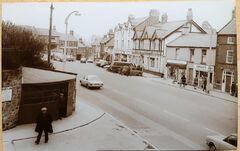


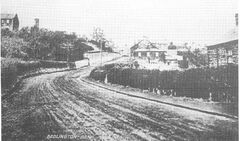
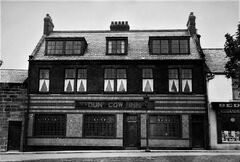
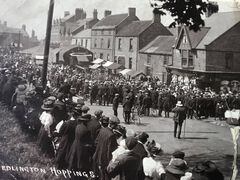
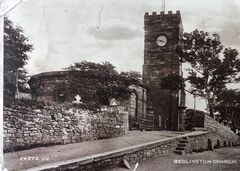
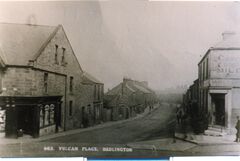
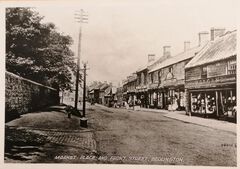
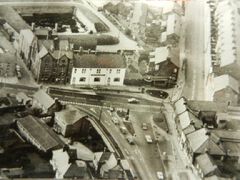

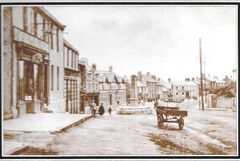
.png.5a3d715c209f2ba9c30114105a16c0ba.png)
2.jpg.e49b3cb4844a0afa1727fe53d5acabcd.jpg)